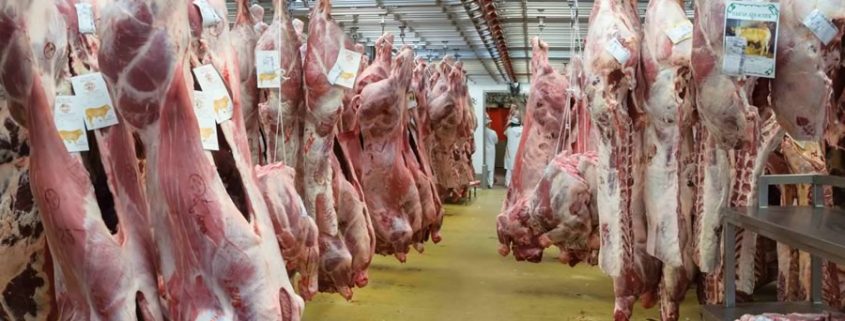Argentina: More control over slaughterhouses
The Ministry of Agriculture of Argentina has announced the launch, from August 4, the Faena Integral System (SIF-SIGICA), through which the owners of cattle slaughterhouses must register to sacrifice and whose interface It will be provided by the national agricultural portfolio.
All holders of slaughter establishments must register through digital forms of income earned, sacrifice and the result of it being integrated in these same data. This initiative will be carried out through the National Registration and Control (DNMyF), in conjunction with the National Health Service and Food Quality (SENASA), and will cover all fishing slaughterhouse cattle, pigs, goats, horses and sheep.
The director of Inspection and Registration, Luciano Zarich, said the new system “we have more information in order to investigate in time and form”. He added: “It’s the first time in 70 years we will have this kind of information.” “We strengthened linkages with various provincial authorities in order to ensure the successful implementation of the new system in all corners of the country,” said Zarich, while stressing that “the objective is that all comply with current regulations, no exceptions “.
With the implementation of SIF-SIGICA operators can follow the steps online way. In turn, reduces paper documentation replacing it with electronic records, generating better information and faster access.
The SIF-SIGICA integrates data required by DNMyF and SENASA unifying the requirements in one system, the list of slaughter and manuals books replacing them with electronic records is removed, closes 100% of shipments to slaughter the whole country , provides real-time information about the job, generates more comprehensive information for intelligent control and allows producers online access to the results of the job.
With the entry into force of the new system shall no longer received job affidavits submitted manually or through the MAT and Swine Slaughter systems.
The information generated slaughter establishments is not used only for statistical purposes but the data provided help in the adoption of measures to enable effective control of trade in livestock and meat for the purpose of ensuring transparency of the markets.









